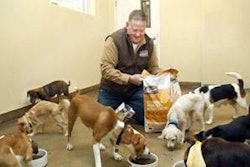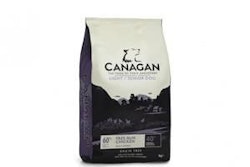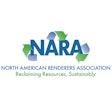According to the US Centers of Disease Control and Prevention, more than 48 million Americans are stricken with food borne illness every year. The US Food and Drug Administration's (FDA) Food Safety Modernization Act (FSMA) attempts to help control this; but, companies may be rushing to meet the deadlines, says Polymer Solutions International, and gaps leave companies still not fully prepared to respond to and prevent the risk of contamination.
According to the company: "Every processing room and area must be viewed as a castle, or fortress, with reinforced walls or barriers. Inside your castle, keep all material handling items-pallets, forklifts, bins and more-secure inside the fortress walls. All incoming material handling items-ingredients transported on supplier-provided skids or pallets-should be kept out of the castle."
Polymer Solutions is offering the following tips to manufacturers:
• Restrict all material handling equipment (such as forklifts, pallets, bins, totes and more) from entering a processing room or leaving a processing area. Ingredients or work-in-process entering the processing area must only travel on facility captive pallets, bins or totes.
• Restrict all external pallets, bins and totes from entering the facility by using of pallet inverters or pallet transfer stations to remove their loads and transfer them onto captive plastic pallets. If a single external pallet is allowed into the facility, it could end up in sensitive areas.
• Color-code your plastic pallets, bins and totes for easy visual identification at a distance, and also to clearly segregate them for use in specific areas. For example, use blue for your processing areas, green for work-in-process storage areas, and black for finished goods storage within your facility.













